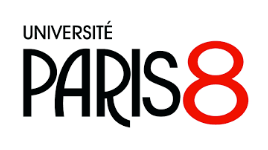12h00
UPS Pouchet, salle 159
Linguistic interfaces in language acquisition: what's it all about? Insights from the bilingual acquisition of sign language and written language in deaf learners
Language learners are not only confronted with the task of attaining the target language properties at the different levels of linguistic analysis, they also face the challenge of attaining several linguistic phenomena that involve information from different grammatical modules as well as phenomena that are linked to the discourse level, which is commonly conceived of in terms of grammar internal and external interfaces. Recent language acquisition research has addressed the complexity of the learning task in order to provide a better understanding of why the attainment of some linguistic properties is the result of a protracted development. Thus far, however, only little is known about language development in deaf learners.
In this paper, we will present the main findings obtained in the context of a longitudinal study of the bilingual acquisition of DGS and German in deaf students attending a bilingual education programme in Germany. Keeping in mind the specific circumstances that determine bilingual language acquisition in this population, we will discuss the evidence gathered regarding the developmental asynchrony between both languages as well as the progression observed in the learners’ development in either language regarding the target sentential structure as well as the use of linguistic devices to create cohesion and coherence.
| Attachment | Size |
|---|---|
| abstract_plaza-pust.pdf6.29 Ko | 6.29 Ko |



